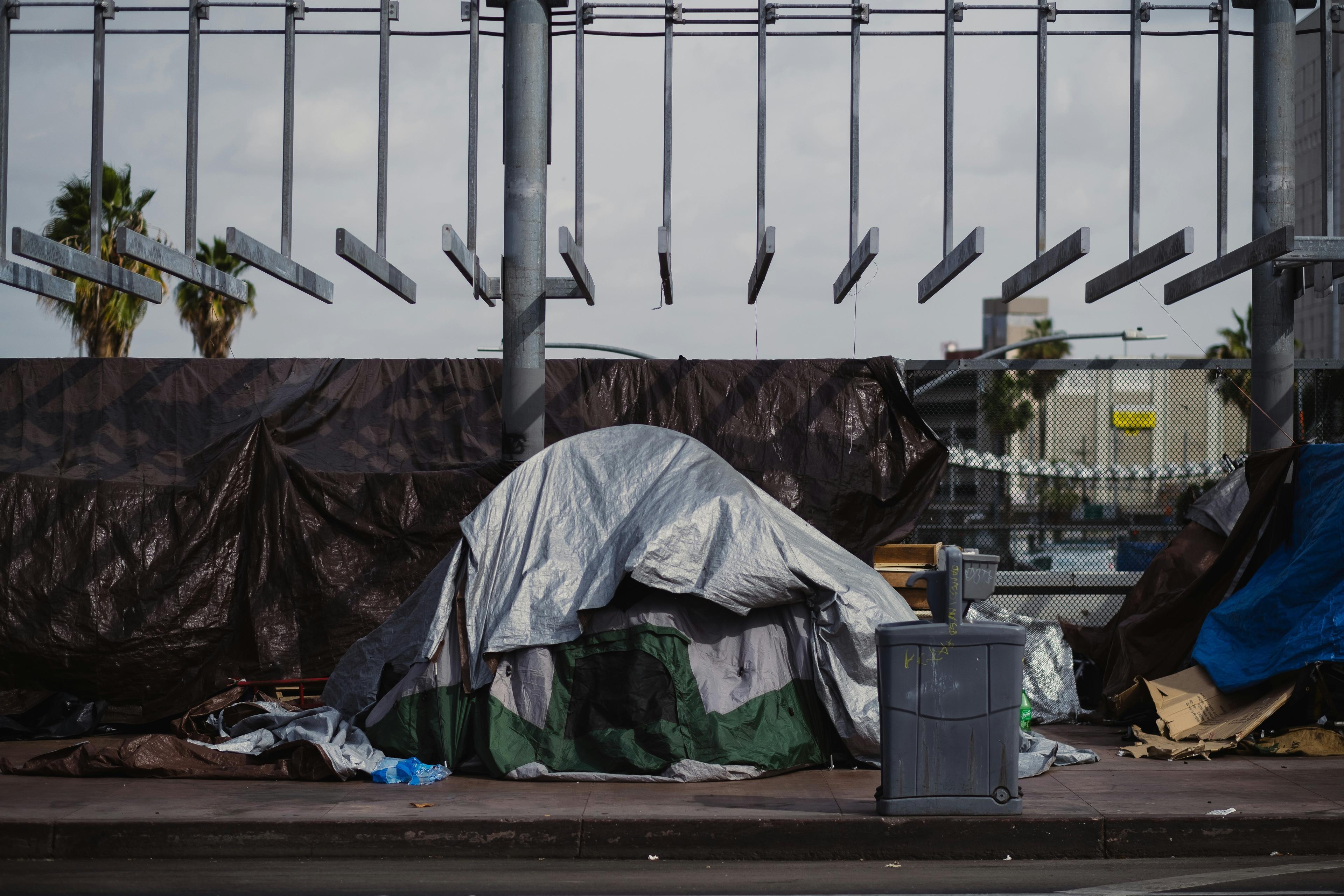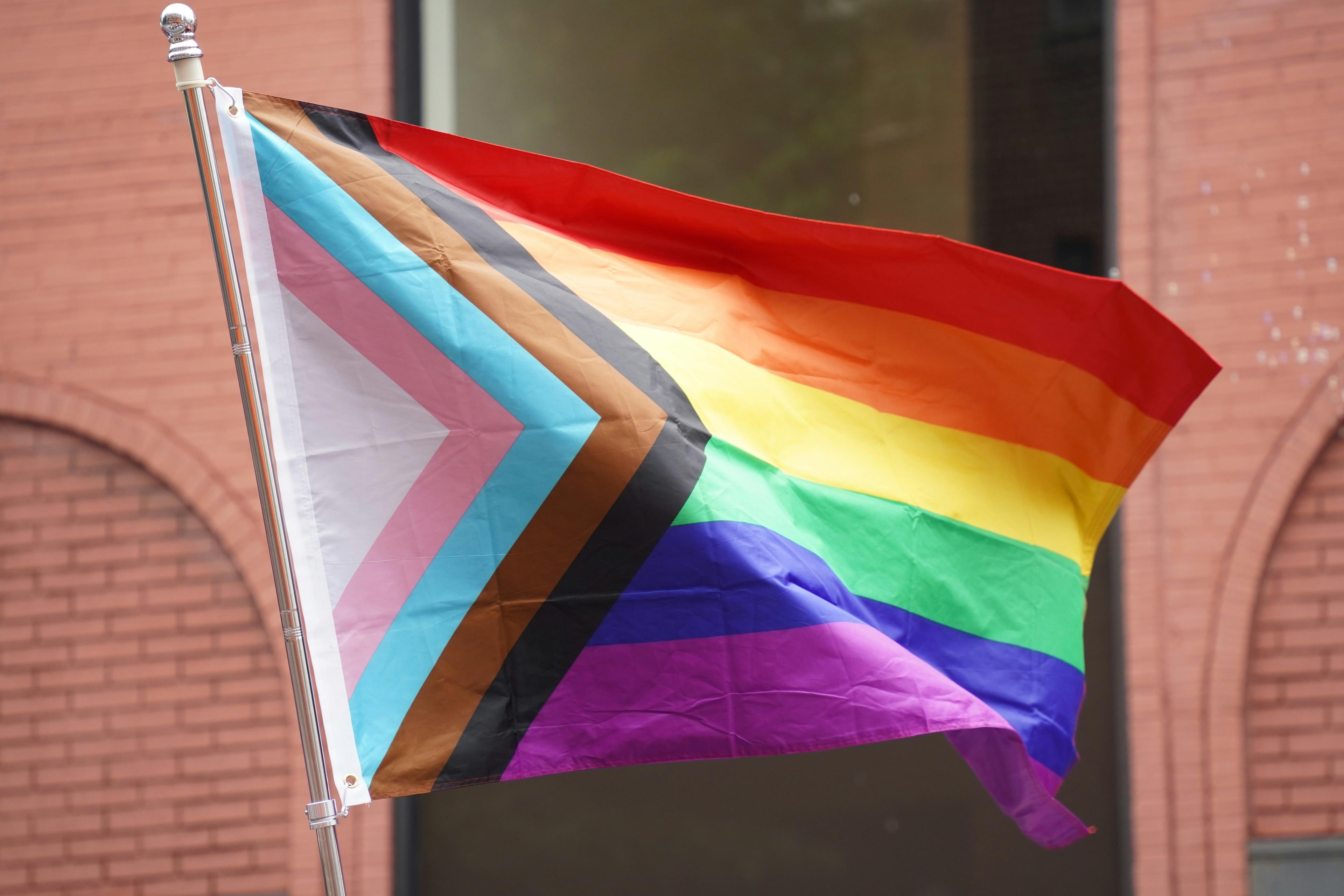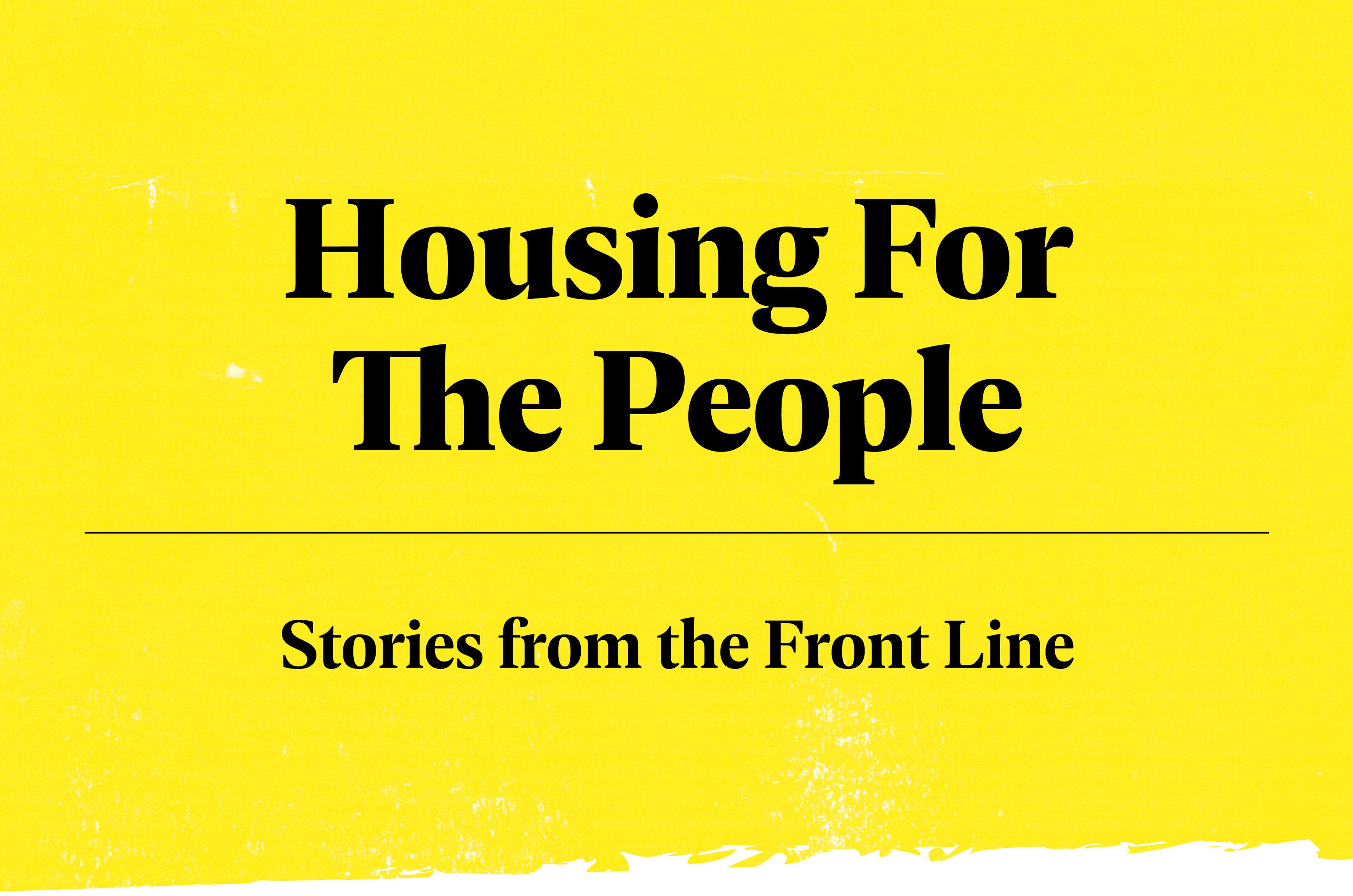Homeless Beat Reporters Collective creates first guide to covering homelessness

Photo by Levi Meir Clancy
By the Homelessness Beat Reporters Collective
- Lived experience
There has never been a more important time for journalists to cover homelessness. Rising rents and home prices are pushing many low-income households to the brink. Meanwhile, local governments are struggling to make meaningful investments in affordable housing and services for people who become homeless.
But telling these stories can feel daunting. The nature of homelessness and the increasingly politically charged conversation surrounding it complicate those stories. Reporting on homelessness often means confronting situations that stretch the ethical and logistical boundaries of traditional journalism.
That’s why the Homelessness Beat Reporters Collective (HBRC) created its Homelessness Reporting Guide. The guide covers everything from the core principles of reporting on homelessness to data sources and how to get and keep sources.
It was created by a group of 10 journalists in the US, representing areas stretching from San Diego to Washington, DC.
“Though we work in different cities across the country, all of us had grappled with similar challenges covering this complex beat and we are excited to share the lessons we’ve learned with others in hopes of elevating their coverage and minimizing harm to homeless sources who are crucial sources on the crisis,” said Lisa Halverstadt, a senior investigative reporter for Voice of San Diego who has written about homelessness in that city for a decade.
HBRC created the guide over several months, beginning in early 2025. The group met over Zoom and discussed how each member approached covering homelessness in their community.
One of the animating factors of the group’s conversations was how to capture accurately the “lived experience” of people experiencing homelessness. To HBRC, conveying the lived experience of homelessness is the key to telling these stories well. That means being intentional and specific about the descriptions of homelessness used in a story, leaning into the complexity of someone’s experience, and letting homeless sources have a say in how their story is portrayed.
“Reporters should take the time to immerse themselves in the world of their homeless sources,” says Robert Davis, a freelance journalist who has been writing about poverty and homelessness in Denver, Colorado, for more than a decade. “These aren’t stories that can be told quickly, nor should they be.”
HBRC members also had multiple frank discussions about the ethics of covering homelessness. Many newsrooms encourage reporters to buy coffee and food for more traditional sources, yet they hesitate to extend that same courtesy to people who are experiencing homelessness. HBRC contends that reporters should be allowed to buy homeless sources food, so long as the source does not feel compelled to participate in the story because of it.
There are other ethical questions to consider about what personal details to include in a story or the accompanying photographs. HBRC’s stance is that personal details and photographs should not be offensive or cause harm to homeless sources in any way.
The guide is a first draft, and there may be future chapters to come. The beat reporters’ group welcomes feedback and suggestions from people with lived experience, other journalists and news consumers at homelessnessreporting@gmail.com. The group also welcomes messages from fellow journalists interested in getting involved with future projects or seeking support.

